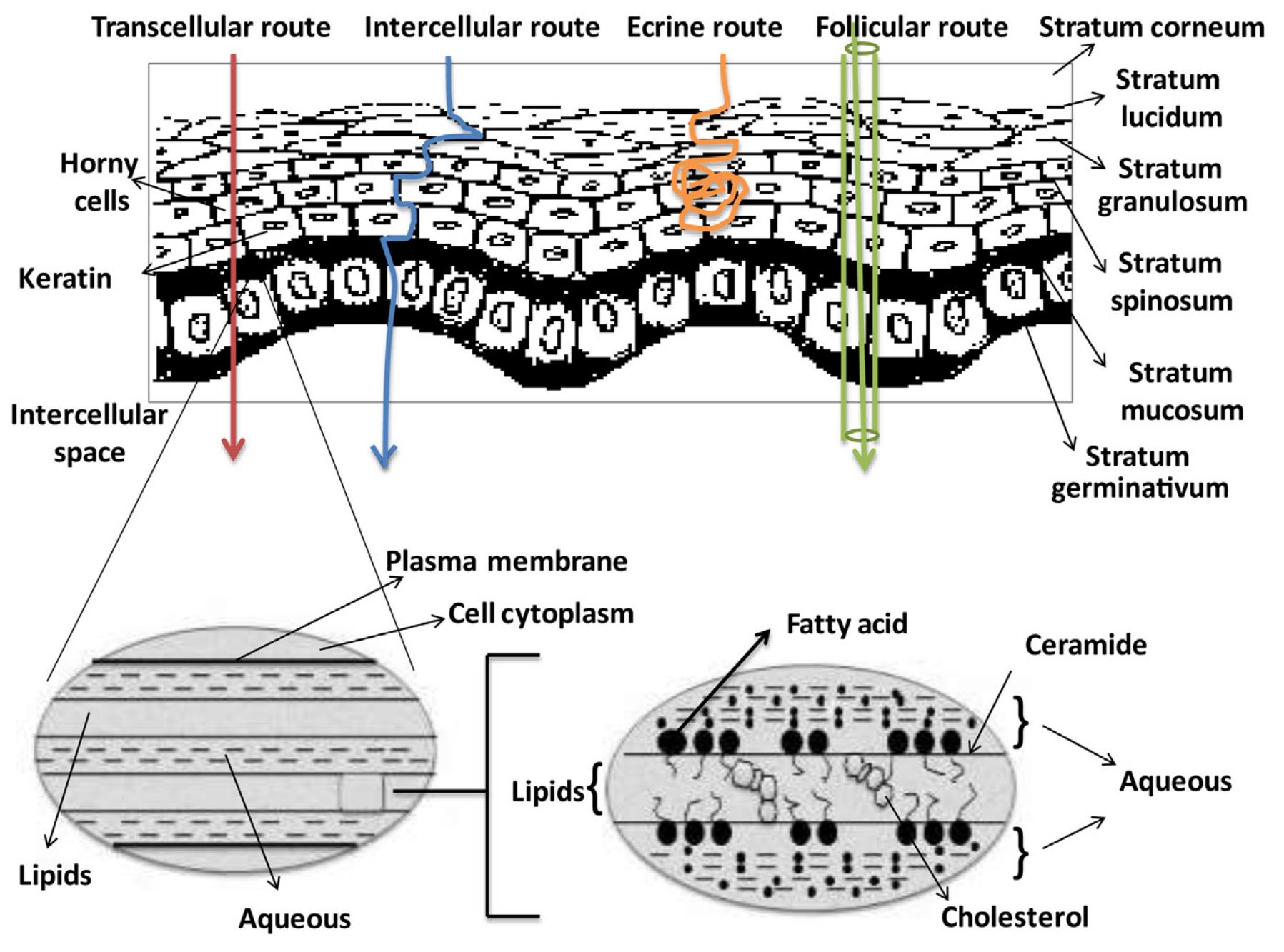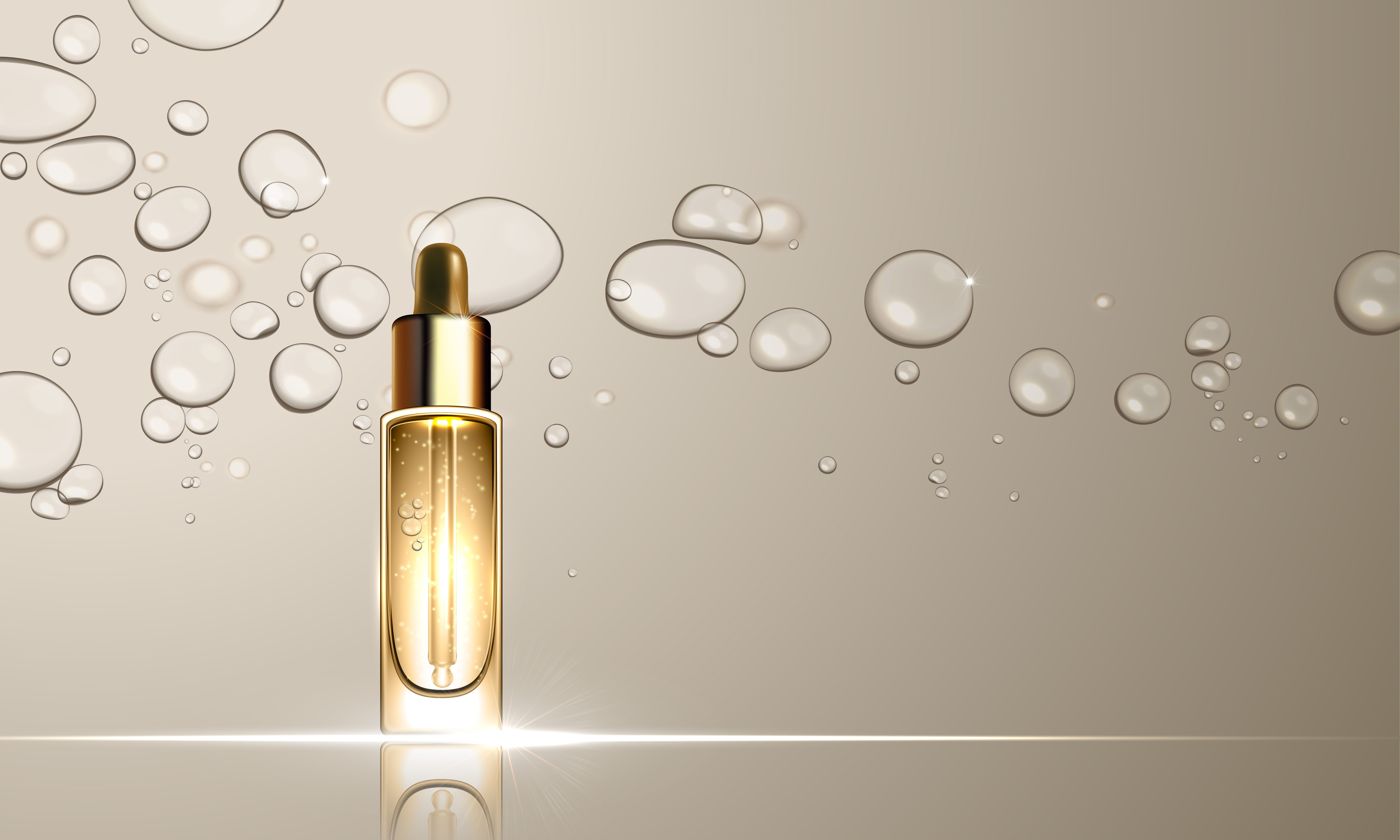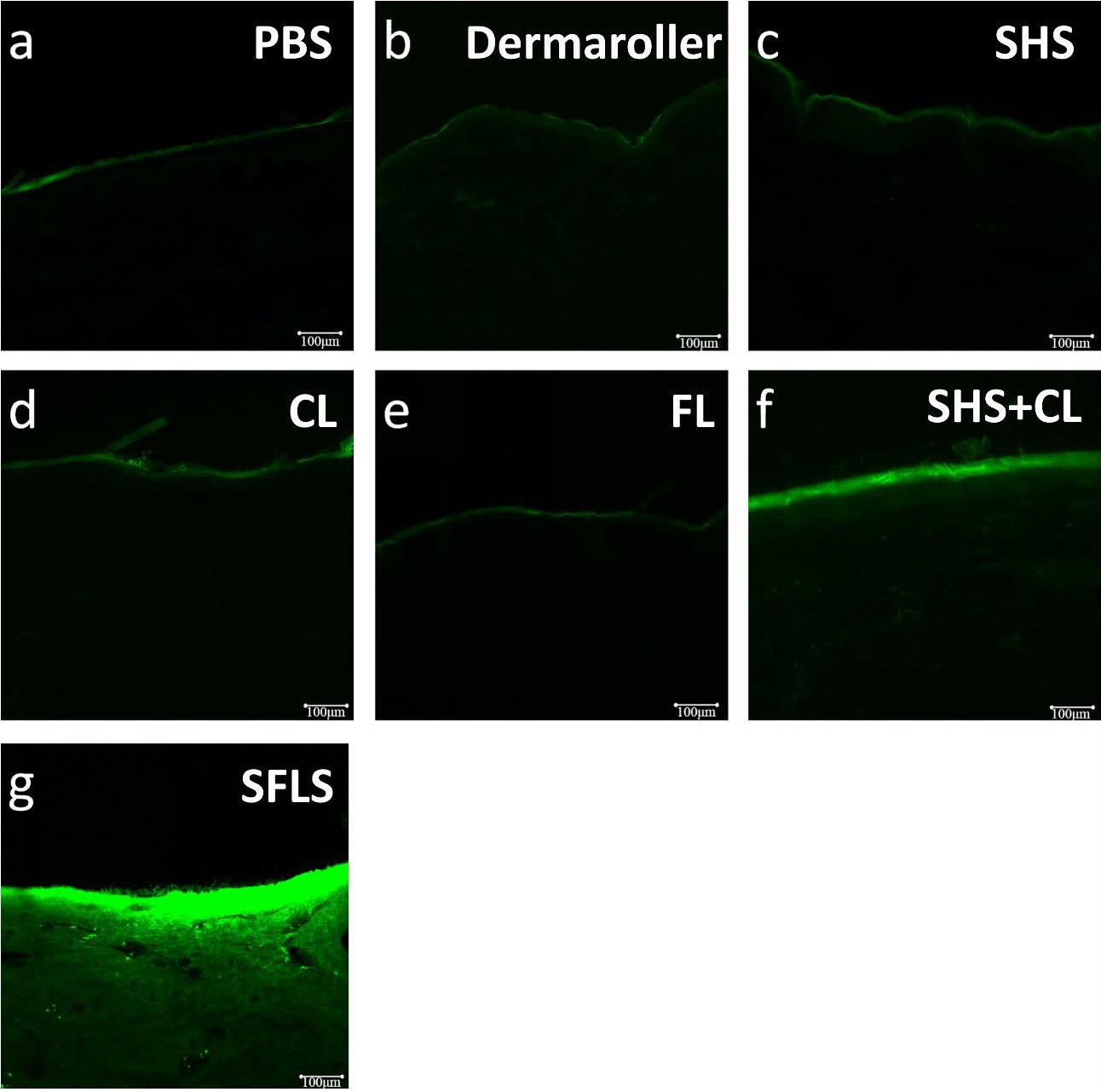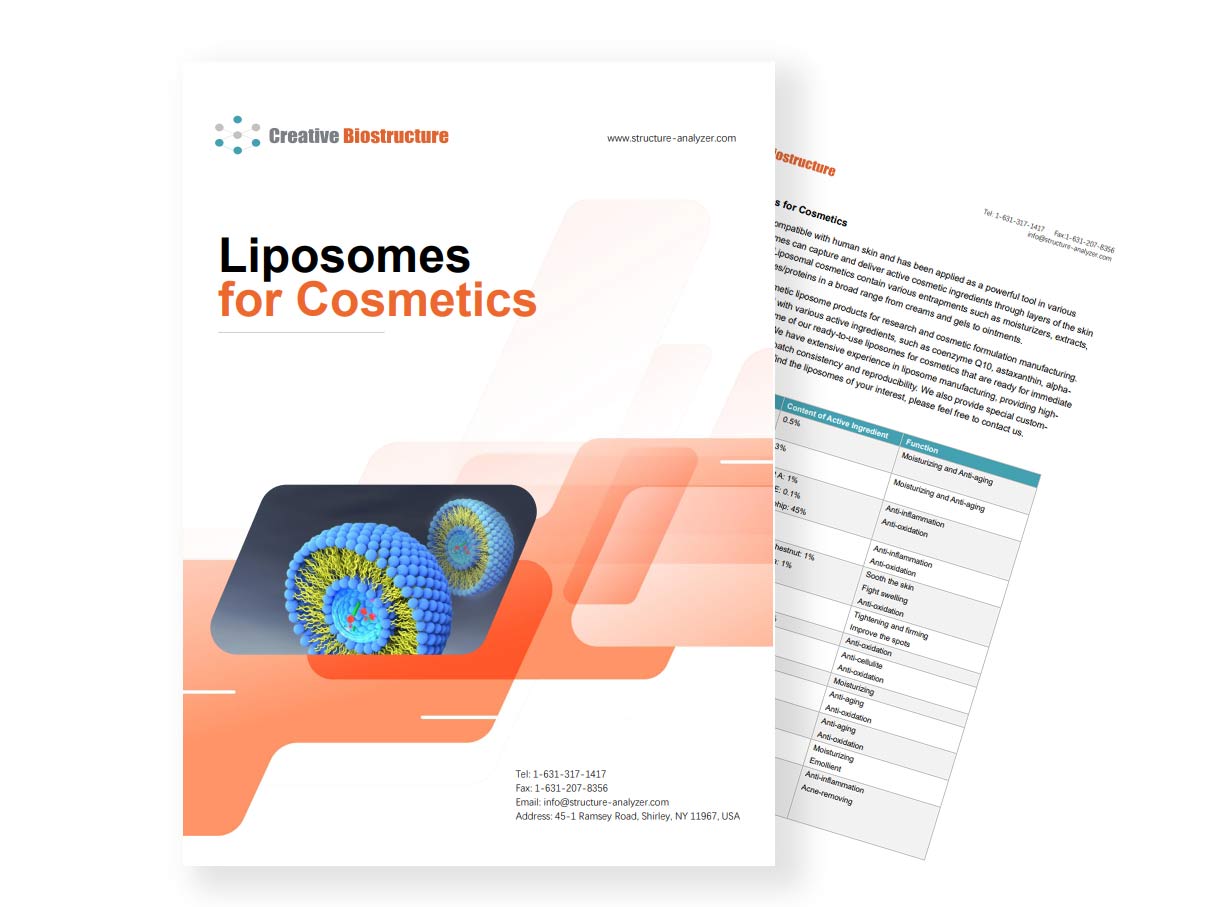Liposomes for Cosmetics
Liposomes are one of the most significant advancements in cosmetic science, transforming the way active ingredients are delivered and absorbed into the skin. These microscopic, spherical vesicles have the ability to encapsulate both water-soluble and oil-soluble compounds, ensuring their stable delivery to targeted skin layers. This feature makes liposomes highly effective in enhancing the performance of cosmetic and skincare formulations. Creative Biostructure offers high-quality liposome products that serve as a crucial innovation platform for formulators looking to elevate the effectiveness and appeal of cosmetics.
Product List
Background
Mechanism of Action of Cosmetic Liposomes
- Transcellular and Paracellular Transport: Liposomes can deliver active compounds across the skin by passing through individual cells (transcellular) or between the cells (paracellular). This dual capability allows liposomes to efficiently cross the skin barrier and deliver ingredients deeper into the epidermis.
- Enhanced Penetration with Edge Activators: Deformable liposomes, often known as transferosomes, contain edge activators like sodium cholate or Tween 80. These activators increase the flexibility of the liposome membrane, allowing it to pass through tiny channels in the stratum corneum, improving skin penetration.
- Gradual Release via Transdermal Gradient: The "transdermal gradient" created by the difference in moisture content between the skin's surface and deeper layers drives the penetration of liposomal ingredients. This gradient allows for controlled, sustained release, ensuring longer-lasting effects.
- Barrier Function and Occlusive Properties: Liposomes form an occlusive layer on the skin, which enhances hydration by reducing water loss. This action also helps the liposomes remain on the skin's surface for extended periods, allowing gradual release of encapsulated ingredients.
- Systemic Absorption and Targeted Delivery: Conventional liposomes typically remain confined to the skin's surface. However, more advanced ultradeformable liposomes can penetrate deeper and even reach systemic circulation, making them highly effective for targeted delivery in cosmetic applications.
 Figure 1. Mechanism of skin penetration of liposome. (Soni V, et al., 2016)
Figure 1. Mechanism of skin penetration of liposome. (Soni V, et al., 2016)
Advantages of Liposomes in Cosmetics
Liposomes offer numerous benefits in cosmetic formulations as ideal carriers for delivering active ingredients effectively and in a controlled manner.
- Dual Encapsulation Capability: Liposomes can encapsulate both hydrophilic and lipophilic compounds, making them versatile carriers for a wide range of cosmetic ingredients. This amphiphilic nature allows for efficient delivery of various actives, improving overall formulation performance.
- Enhanced Stability: Liposomal formulations protect sensitive ingredients from environmental factors, such as light, air, and temperature, thus improving chemical stability and extending product shelf life.
- Improved Hydration: Liposomes form a protective film on the skin, which not only provides an occlusive effect but also reduces transepidermal water loss. This results in better skin hydration and moisture retention.
- Increased Penetration and Bioavailability: By interacting with the stratum corneum, liposomes enhance the penetration of active ingredients into the skin. This improves bioavailability and allows for the targeted delivery of actives to deeper layers.
- Sustained Release and Reduced Toxicity: Liposomes can localize active ingredients within the skin, providing a depot effect that allows for controlled, sustained release over time. This not only improves the skincare effects but also reduces the potential for systemic side effects.
Applications of Liposomes in Cosmetics
Liposomes have a wide range of applications in cosmetic formulations, particularly in skincare, where they can enhance the efficacy of various products.
Moisturizing: Retaining Skin Hydration
Liposomes are highly effective in hydrating the skin. They create a protective film on the skin's surface that reduces transepidermal water loss, helping the skin retain moisture. In formulations such as moisturizers and hydrating serums, liposomes deliver hydrating ingredients like hyaluronic acid deep into the skin, ensuring long-lasting hydration and smoother skin texture.
Anti-Aging: Enhancing Absorption and Efficacy
Anti-aging products benefit greatly from the incorporation of liposomes. Active ingredients like retinoids, peptides, and antioxidants are often sensitive to environmental factors that reduce their effectiveness. Liposomes not only protect these ingredients but also improve their penetration into deeper skin layers, enhancing their ability to reduce wrinkles, improve elasticity, and boost collagen production.
Delivery of Specific Active Compounds
Liposomes are ideal carriers for delivering specific active ingredients, such as:
- Vitamins (A, C, E): These are powerful antioxidants and anti-aging agents, but they are prone to oxidation. Liposomes help stabilize and deliver these vitamins effectively.
- Peptides: These molecules stimulate collagen production and skin repair. Encapsulating peptides in liposomes ensures their stability and enhances their activity.
- Antioxidants: Liposomes protect antioxidants from degradation and improve their delivery to fight oxidative stress and prevent skin damage.
Applications of Liposomes in Different Cosmetic Products

Skin Care
In skincare, liposomes are widely used in products like moisturizers, anti-aging creams, and serums. They help deliver hydrating ingredients, antioxidants, and anti-wrinkle compounds deeper into the skin, providing longer-lasting and more noticeable results.

Makeup
Liposomes can be incorporated into makeup products such as foundations and lipsticks. In these applications, they help deliver moisturizing ingredients to the skin, improving the wear and feel of the product while offering skincare benefits at the same time.

Hair Care
In hair care, liposomes are used to deliver conditioning agents, vitamins, and strengthening peptides directly to the hair shaft and scalp. By enhancing the penetration of these ingredients, liposome-based hair care products improve hair strength, shine, and overall health.
Case Studies
Case Study 1: Liposome-Based Formulation for Vitamin K1 Delivery
This study developed a liposomal formulation designed to deliver Vitamin K1 (VK1) to the skin via nebulization, aiming to improve its skin penetration and user experience compared to conventional ointments.
Key Findings
- Formulation Development: Liposomes encapsulating VK1 were successfully produced with particle sizes between 115 and 150 nm. The formulations exhibited good stability when stored at 4°C.
- Improved Skin Accumulation: The liposomal formulation showed superior VK1 retention in the skin layers. When nebulized, it outperformed the conventional ointment, enhancing VK1 deposition without systemic absorption, thus reducing the potential for side effects.
 Figure 2. Enhanced skin penetration of VK1 via liposomal nebulization. LVB and LVB-TOC-BC are
two different liposomal formulations designed to encapsulate VK1 for transdermal delivery. Abbreviations: NEB represents nebulization, VK1 stands for
vitamin K1, and conc denotes concentration. (Campani V, et al., 2014)
Figure 2. Enhanced skin penetration of VK1 via liposomal nebulization. LVB and LVB-TOC-BC are
two different liposomal formulations designed to encapsulate VK1 for transdermal delivery. Abbreviations: NEB represents nebulization, VK1 stands for
vitamin K1, and conc denotes concentration. (Campani V, et al., 2014)
Case Study 2: Enhanced Skin Delivery of Hyaluronic Acid Using Sponge Spicules and Flexible Liposomes
This study developed and evaluated a combined system using sponge spicules (SHS) and flexible liposomes (FL), called SFLS, to enhance the topical delivery of hyaluronic acid (HA) into the skin.
Key Findings
- Microchannel Formation: The SHS treatment created deep and abundant microchannels in the skin. These microchannels facilitated enhanced penetration of liposomes and HA into the deeper skin layers.
- HA Skin Penetration: The SFLS system effectively enhanced the skin's ability to absorb HA. It achieved a significant increase in HA penetration compared to SHS or flexible liposomes used separately.
- Skin HA Accumulation: A substantial portion of HA administered through SFLS was found to reach deeper skin layers. This deep skin absorption was confirmed in both in vitro and in vivo experiments.
- Sustained Effect: The microchannels created by SHS were shown to remain open for an extended period, suggesting that they could provide a sustained route for HA delivery over time.
 Figure
3. Enhanced in vitro skin penetration of FITC-HA through SHS and liposomes combination. (a) HA penetration with PBS.
(b) HA penetration with Dermaroller. (c) HA penetration with SHS and electric massage. (d) HA penetration with conventional liposomes (CL). (e) HA
penetration with flexible liposomes (FL). (f) HA penetration with SHS, electric massage, and CL. (g) Optimal HA penetration with SFLS and electric massage.
(Zhang C, et al., 2019)
Figure
3. Enhanced in vitro skin penetration of FITC-HA through SHS and liposomes combination. (a) HA penetration with PBS.
(b) HA penetration with Dermaroller. (c) HA penetration with SHS and electric massage. (d) HA penetration with conventional liposomes (CL). (e) HA
penetration with flexible liposomes (FL). (f) HA penetration with SHS, electric massage, and CL. (g) Optimal HA penetration with SFLS and electric massage.
(Zhang C, et al., 2019)
Why Choose Creative Biostructure?
- Extensive Liposome Expertise: With over 600 liposome products developed, we offer high-quality solutions tailored for industries such as cosmetics, food, and pharmaceuticals.
- High-Quality Production and Supply: We pride ourselves on producing and supplying high-quality liposome products that meet the stringent standards of the cosmetic industry.
- Active Ingredient Encapsulation: We specialize in encapsulating moisturizers, vitamins, peptides, organic acids, and plant extracts within liposomes, improving their stability and delivery to deeper skin layers.
- Ingredient Optimization: Through advanced research and development, we continuously optimize the composition of our liposomes to maximize efficacy.
- Custom Liposome Services: We provide tailored liposome solutions to meet specific needs, whether it's enhancing the delivery of a specific active ingredient or improving the stability of a product.
Resources
Frequently Asked Questions
-
Can liposomes be used in natural and organic products?
Yes, liposomes can be formulated with natural phospholipids, making them suitable for use in natural and organic cosmetic products.
-
How do liposomes improve the efficacy of anti-aging products?
Liposomes enhance the penetration of anti-aging ingredients, such as retinol and peptides, allowing them to reach deeper layers of the skin where they can stimulate collagen production and improve skin elasticity.
-
Are there any challenges associated with using liposomes in cosmetic formulations?
While liposomes offer many benefits, they can be sensitive to the pH and ionic strength of the surrounding environment, which can affect their stability. Additionally, the encapsulation process requires precise control to ensure the integrity of both the liposomes and the active ingredients they carry. However, these challenges are manageable with the right formulation expertise.
Ready to elevate your cosmetic formulations with advanced liposome technology? Contact us today for custom solutions and browse our extensive product range .
References
- Campani V, Marchese D, Pitaro M T, et al. Development of a liposome-based formulation for vitamin K1 nebulization on the skin. International Journal of Nanomedicine. 2014: 1823-1832.
- Soni V, Chandel S, Jain P, et al. Role of liposomal drug-delivery system in cosmetics. Nanobiomaterials in galenic formulations and cosmetics. William Andrew Publishing. 2016: 93-120.
- Zhang C, Zhang K, Zhang J, et al. Skin delivery of hyaluronic acid by the combined use of sponge spicules and flexible liposomes. Biomaterials Science. 2019. 7(4): 1299-1310.
- Huang Z, Meng H, Xu L, et al. Liposomes in the cosmetics: present and outlook. Journal of Liposome Research. 2024: 1-13.


